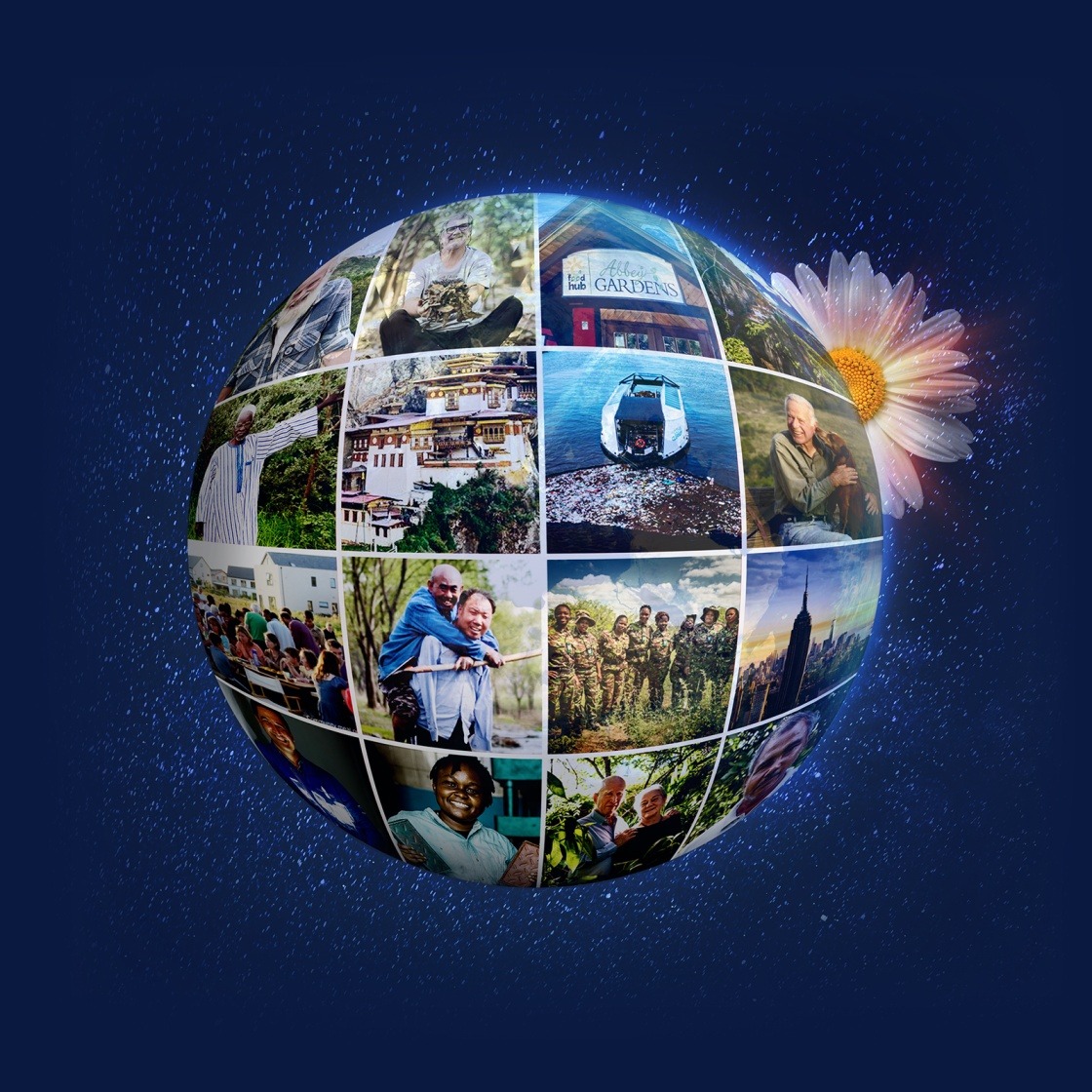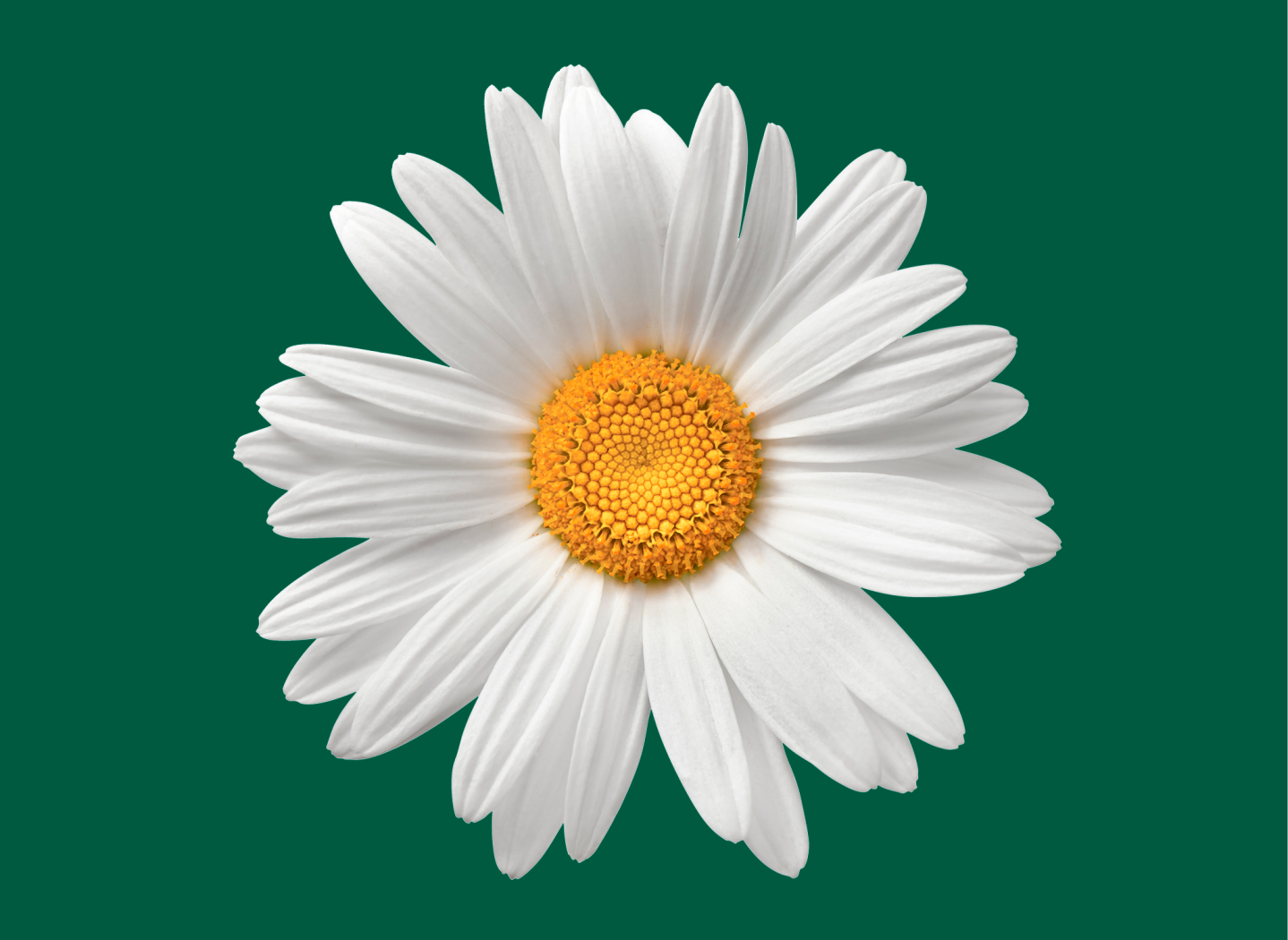
Why Daisies?
Daisies are often seen as a symbol of new beginnings, breakthroughs, and bright futures. In Celtic, Norse, and Roman mythology, daisies also represent harmony, balance, and transformation. We use the symbolism of the daisy to highlight important sites of individual and community-based care, working to enhance environmental sustainability through regeneration and rehabilitation.
Inspiring Stories from Around the World

John D. Liu
The Loess Plateau, an area covering 640,000 square kilometers in China’s north-central region, was a highly fertile land in the past. However, centuries of deforestation, overgrazing, and unsustainable farming led to severe soil erosion, leaving behind a …

Jadav Payeng
Jadav, a farmer and father of three, lives in the remote northeastern Indian river island Majuli. It is the largest river island in the world and experiences massive erosion due to yearly flooding. Since 1917 the rate of erosion and land loss has accelerated and there is an imminent …
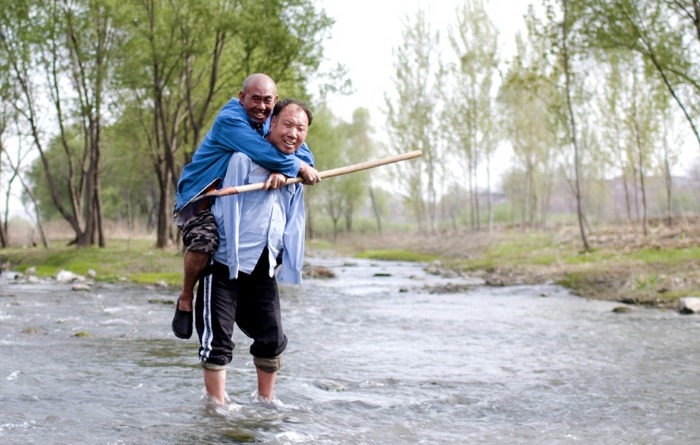
Jia Haixia and Jia Wenqi
Jia Haixia and Jia Wenqi plant trees together in northeastern rural China in the village of Yeli. Haixia is the elder and was born blind in his left eye because of a cataract. Later, in 2000, he had a work-related accident in a factory and lost …
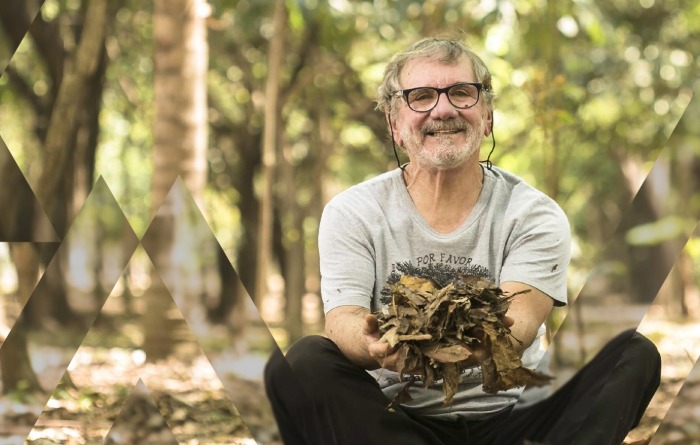
Hélio da Silva
Helio Da Silva is a retired business administrator. In his Sao Paulo neighborhood, there is a river where both sides of the riverbanks were degraded, full of garbage, and frequented …
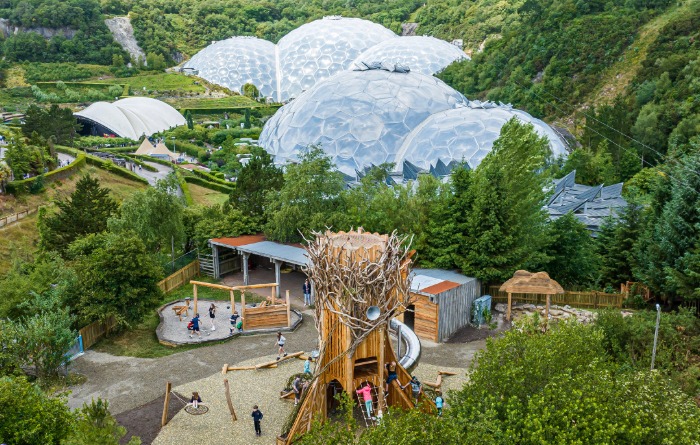
The Eden Project
The Eden Project came out of the imagination of a British businessman Sir Timothy Smit. The idea was to transform an old clay pit in Cornwall that was no longer of economic use. After raising 80 million pounds, Smit assembled a team of people to build …
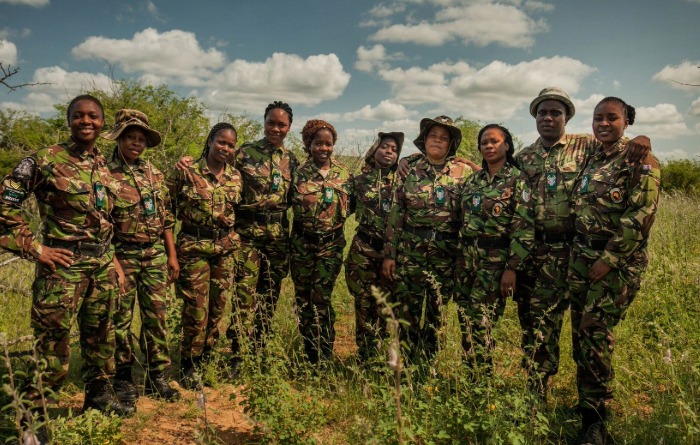
The Black Mambas
The Black Mambas, founded in 2013, are an all-woman anti-poaching unit that successfully protects wildlife in Balule Wildlife Reserve in Kruger National Park of South Africa. Their mission is to make the park and its surroundings …
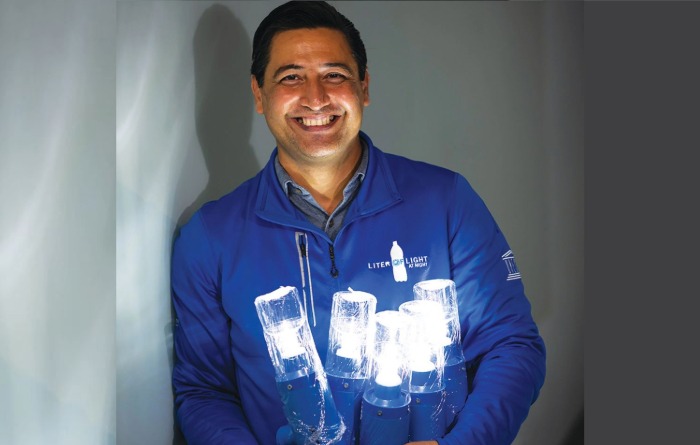
Illac Cruz
Liter of Light is a global, grassroots movement that uses inexpensive, readily available materials to provide high quality solar lighting to people with limited or no access to electricity.
Liter of light started out after a typhoon hit the Philippines and wiped out …
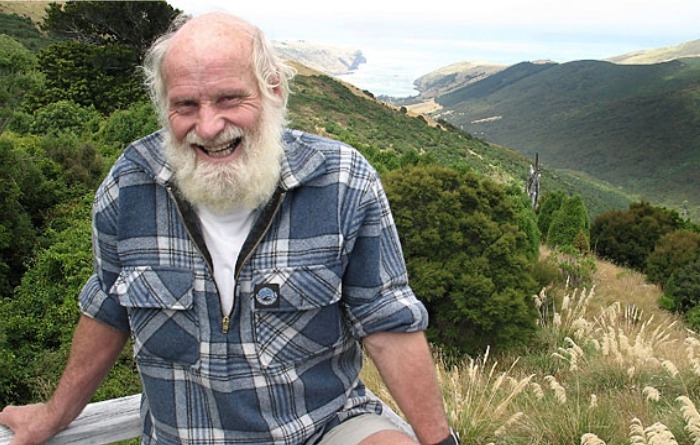
Hugh Wilson
While working with a very small, protected part of the Banks Peninsula of New Zealand, a botanist named Hugh Wilson identified the potential for nature to reassert herself and to regenerate the native forest. The problem was he had no money. Luckily, he met a businessman who had established a …

Abbey Gardens
Everything fell into place when John Patterson, a retired businessman, came up with the idea of bringing a local gravel pit back to life as a garden. He’d been to see…
Restoring China’s Loess Plateau into a Flourishing Ecosystem
The Friends Who Planted 10,000 Trees
Transforming a Sao Paulo Riverbank with 25,000 Trees – Tiquatira Linear Park
A Clay Pit Transformed into Eco-Wonder
South Africa’s First All-Women Anti-Poaching Team
Grassroots Movement Providing Solar Lighting to Communities Around the World – Liter of Light
Natural Regeneration of Native vegetation and Wildlife in New Zealand – Hineway Reserve
A Spent Gravel Pit Becomes a Green Space for the Community
A Map of Sustainability
Like any other complex system, the planet is a self-regulating and goal-seeking system and balance is its default. The goal of this map is not only to identify sites of environmental sustainability, but also to provide inspiration for possible pathways towards a post-carbon society.
Reach Out
We love talking about what we do and how it can make a difference to you.

